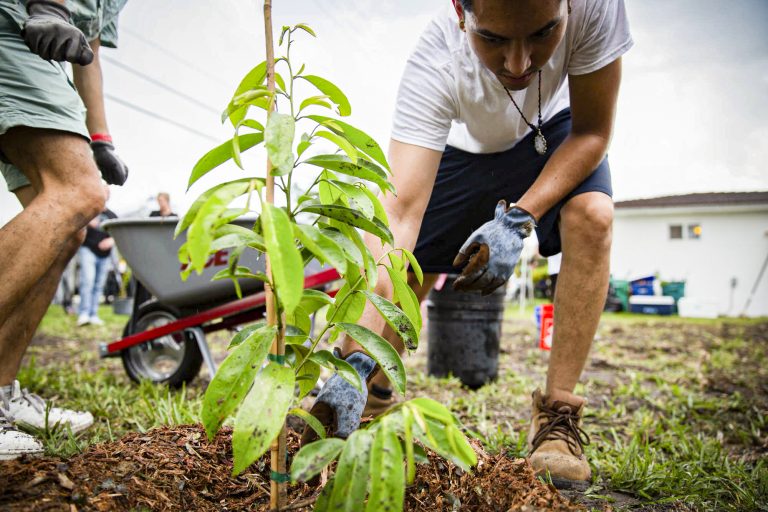Choosing the perfect tree for your garden can be a daunting task. With countless species, each with their own unique characteristics, it’s essential to consider various factors when selecting a tree that will thrive in your specific location and provide years of enjoyment for you and your family.
In this blog, we will discuss some of the essential considerations and highlight a few popular tree options to help you make the best decision for your garden.
Aesthetic Appeal and Functionality
One crucial aspect to consider when selecting a tree is its overall aesthetic appeal and functionality in your garden. For example, a spruce tree can add a touch of elegance to your landscape with its symmetrical, pyramidal shape and dark green foliage.
Additionally, it offers excellent privacy screening, making it ideal for property boundaries. If you prefer a more colorful option, consider planting a flowering dogwood or eastern redbud, both of which offer stunning spring blossoms that will transform your garden into a vibrant paradise.
Size and Growth Rate
Before selecting a tree, it’s important to consider the space you have available in your garden, as well as the tree’s growth rate. Some species, such as the majestic oak, can grow quite large and may not be suitable for smaller spaces. On the other hand, a compact tree like the Japanese maple is an excellent choice for smaller gardens, as it offers a slow growth rate and can be easily pruned to maintain a specific size.
Climate Considerations
Not all trees are suited to every climate, so it’s essential to choose a tree that can thrive in your specific region. For instance, if you live in an area with hot, dry summers, a drought-tolerant tree like the desert willow may be the perfect choice. Conversely, if you reside in a cooler region, a cold-hardy tree like the sugar maple is more likely to flourish.
Maintenance Requirements
Some trees demand more care and attention than others, so consider your willingness and ability to provide the necessary maintenance before making your choice. For example, fruit trees such as apple or cherry may require regular pruning and pest control to maintain their health and productivity. On the other hand, a low-maintenance option like the ginkgo biloba is both visually striking and easy to care for, making it an ideal choice for busy gardeners.
Wildlife Benefits
Many trees offer valuable resources for local wildlife, such as food and shelter. If supporting biodiversity is important to you, consider planting a native species like the black gum or white oak, which provide food for a variety of birds and insects. Additionally, some trees, like the serviceberry, can attract pollinators to your garden, benefiting both the tree and your other plants.
Safety and Longevity
Finally, consider the safety and longevity of the tree you select. Some trees, like the silver maple, have a reputation for weak wood and susceptibility to storm damage, which can pose a threat to your property and family. Opt for a sturdy, long-lived species like the bald cypress or the tulip tree, which can provide beauty and enjoyment for generations to come.

